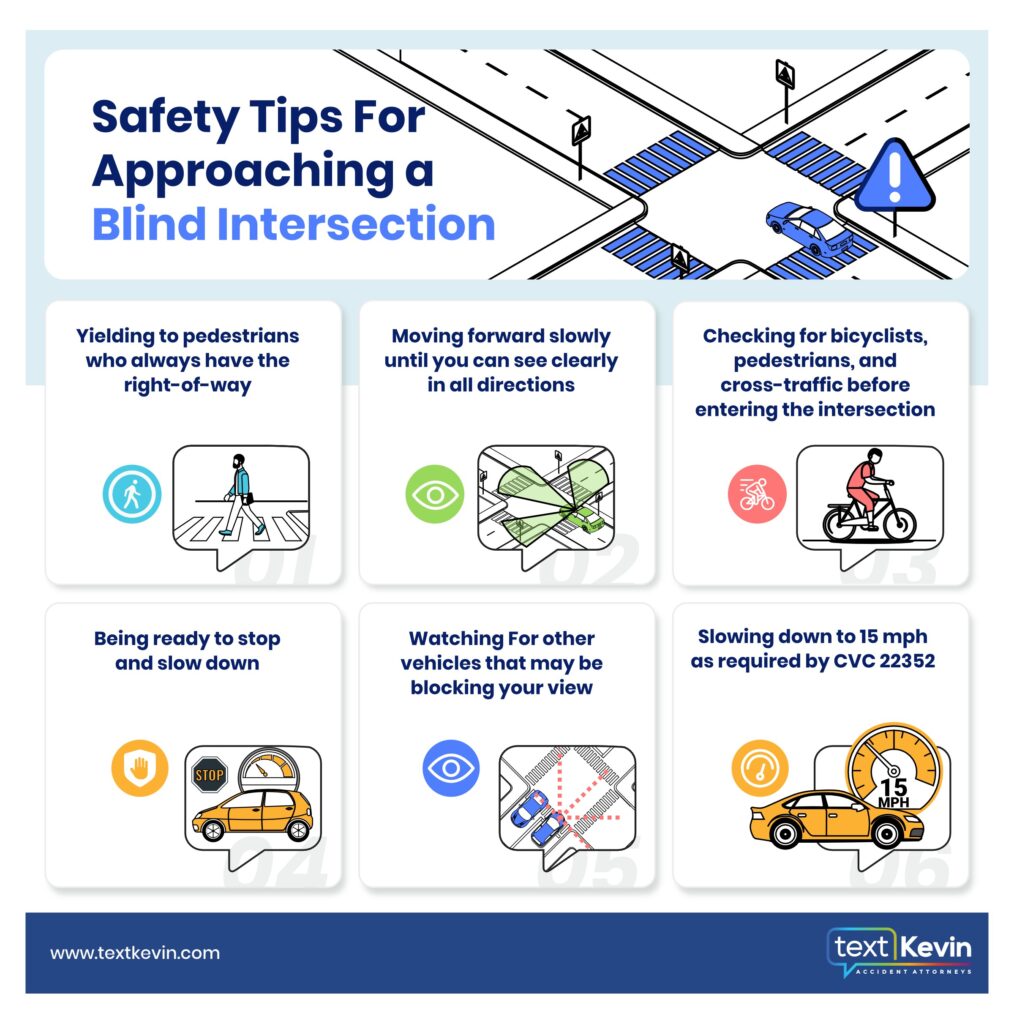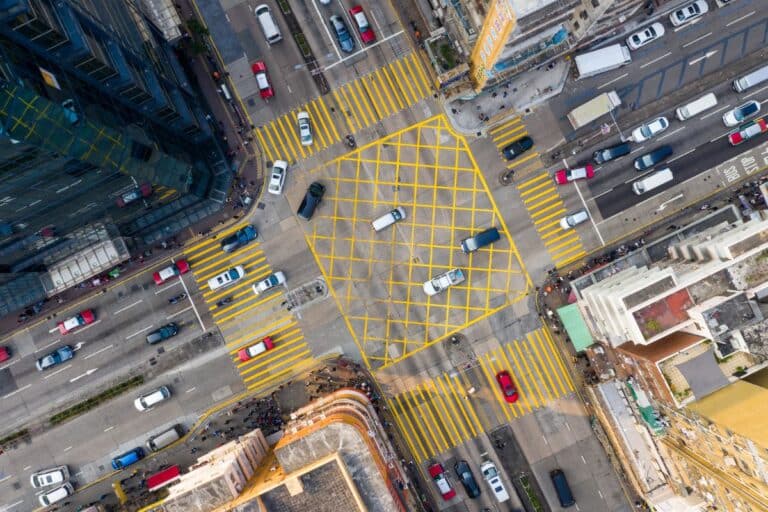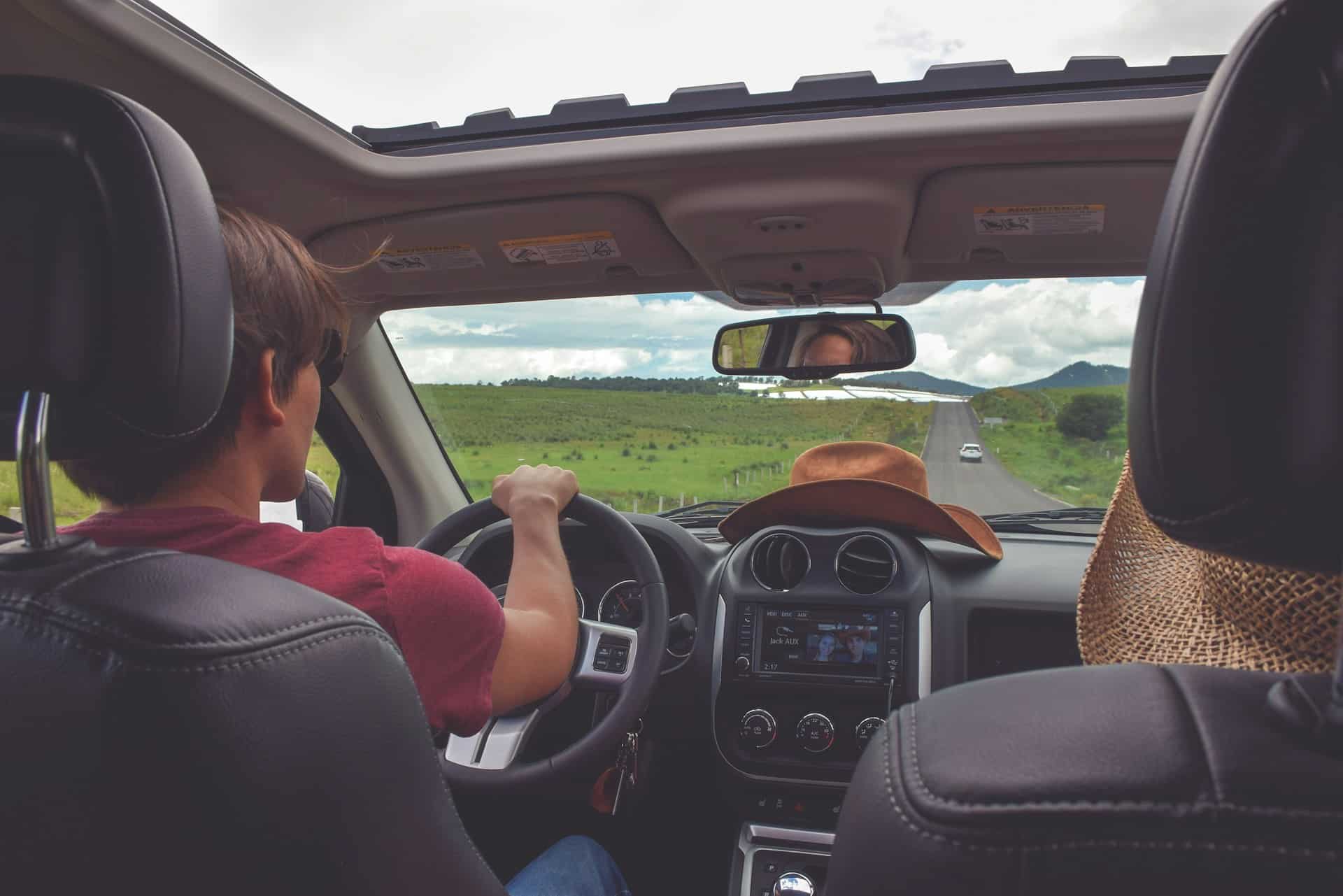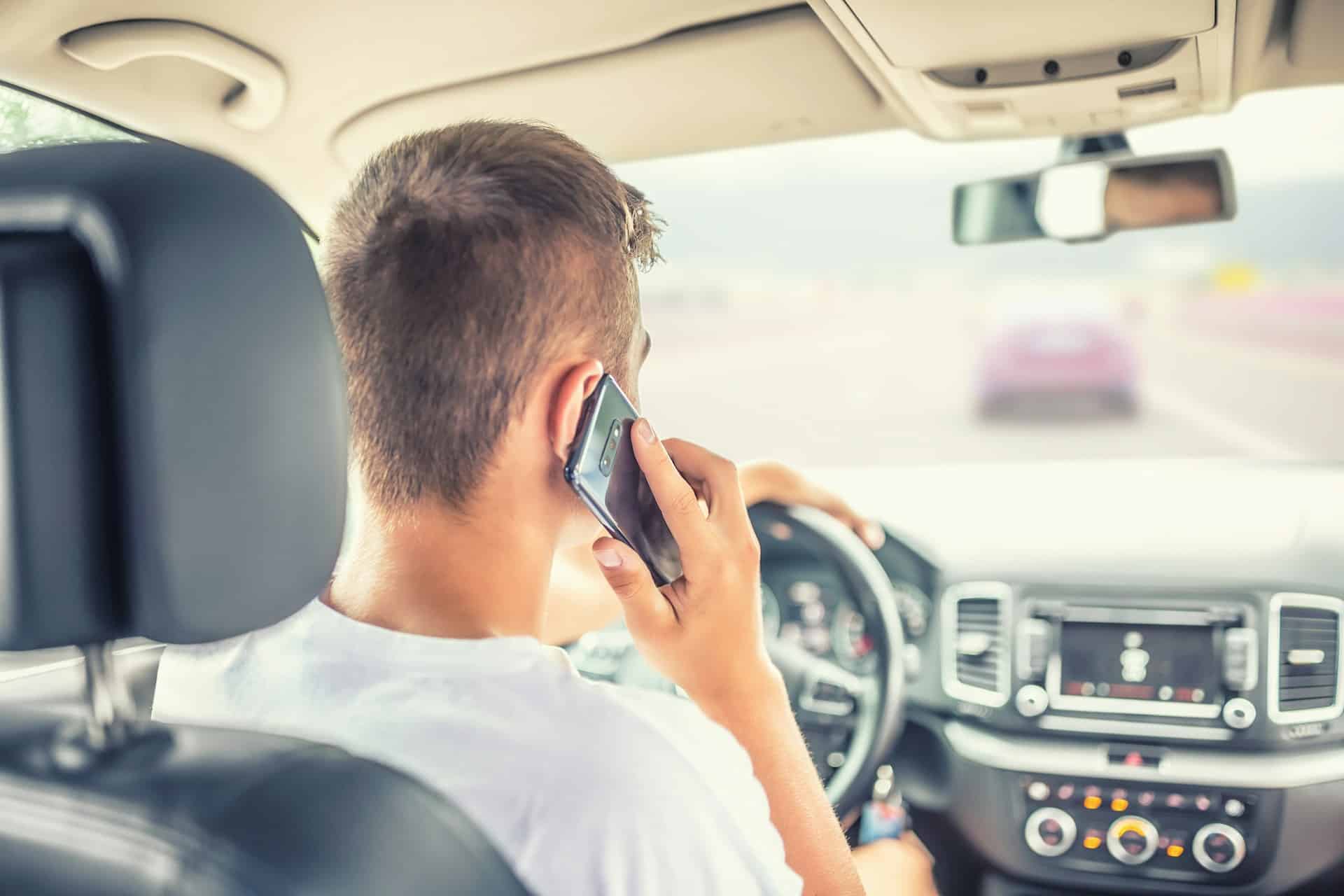Blind intersections are any intersections that obstruct a driver’s view of cross traffic. This could be because of overgrown vegetation, a building, or another vehicle. Since blind intersections are incredibly dangerous, it is crucial to drive as safely as possible and check for traffic before proceeding. If your view is blocked, continue to edge forward slowly until you have a clear line of sight.
Unfortunately, no matter how safe you try to be at a blind intersection, the risk of a collision is still much higher. If you suffered critical injuries due to an accident at a blind intersection, you may have grounds for a legal claim against those responsible. Your dedicated California car accident lawyer from Crockett Law Group will investigate to determine who should be held accountable for your losses. Here are some of the top causes of accidents at blind intersections and how you can protect yourself from serious injury by driving as safely as possible.
Common Causes Of Blind Intersection Accidents
Some of the most common causes of blind intersection accidents include:
- Commercial trucks with large blind spots
- Buildings that obstruct the driver’s view
- Traffic signal timing
- Aggressive or distracted driving
- The arrangement of lanes
- Other cars, trees, or shrubbery that reduce drivers’ visibility
- Human error caused by misunderstanding the traffic signals
- Crossflow obstructions
- The curvature of the roadways
Safety Tips For Approaching a Blind Intersection
When approaching a blind intersection, there are several ways you can make it through the intersection as safely as possible. Some of our top safety tips include:
- Yielding to pedestrians who always have the right-of-way
- Moving forward slowly until you can see clearly in all directions
- Checking for bicyclists, pedestrians, and cross-traffic before entering the intersection
- Being ready to stop and slow down
- Watching For other vehicles that may be blocking your view
- Slowing down to 15 mph as required by CVC 22352

California Laws Regarding Blind Intersections
There are several laws surrounding blind intersections that you need to know. You must drive as safely as possible in and around blind intersections if you hope to reduce your risk of an injury and potentially prevent a collision. Some of the most important blind intersection laws in California include:
- Intersections are only considered blind if a driver cannot see 100 feet in either direction at the last 100 feet before crossing the intersection and there are no stop signs.
- Exercise extreme care at intersections with pedestrians using a guide dog or carrying a white cane under California’s white cane law, CVC 21963.
- Pedestrians must stay out of bicycle lanes at blind intersections and other roads where there is not a walking path.
- Pedestrians are no longer prohibited from jaywalking at blind intersections or on other roadways as long as there is no oncoming traffic and they can make it across the street safely.
Speak With a Distinguished California Car Accident Lawyer for Help Today
Few intersections are as dangerous as blind intersections. Without being able to see cross traffic, you are at an increased risk of catastrophic injury or death in the event of a collision. It is not enough to be attentive at blind intersections. You need to be extremely cautious and aware of your surroundings, as you may not be able to see vehicles approaching at higher speeds.
Unfortunately, even the safest drivers may suffer debilitating injuries in blind intersection accidents. If you are struggling to cope with the fallout of your injuries and are unsure of where to turn for help, look no further than a respected California personal injury attorney from Crockett Law Group. Complete our convenient contact form or call our office to schedule your free, no-obligation consultation as soon as today.










